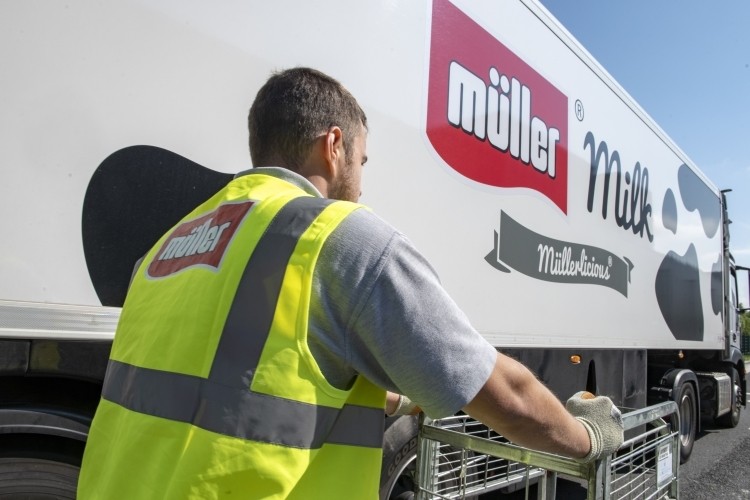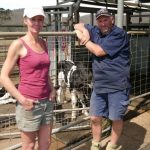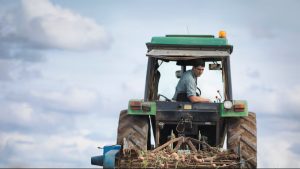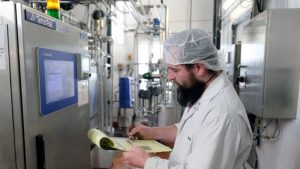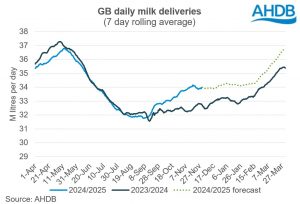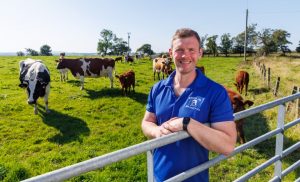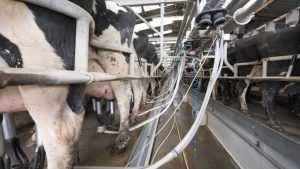
Last week, the company also confirmed the closure of its Aberdeen distribution, garage, tanker and retail operations with more than 40 jobs lost. A review was announced in August of the Aberdeen site as the company looked to centralize operations, with 22 new jobs being created in central Scotland following the recent completion of a £15m ($18m) upgrade to its Bellshill dairy.
The family-owned dairy business has confirmed the review with its 230 dairy farmer suppliers in Scotland to address the issue both short term and strategically.
Rob Hutchison, milk supply and operations director at Müller Milk & Ingredients, said, “Fresh milk is loved and in 96% of the nation’s fridges, but consumption is marginally down year on year. Production from Scottish farms who supply us however is up by 25% since 2014. As a result, Müller is transporting 180m liters per annum – equivalent to 33 liters of additional milk for every person in Scotland – to our dairies in England, where we can find a market for it.
“The financial and environmental cost of moving this volume of milk is substantial and we must work urgently with farmers who supply us and other industry stakeholders to review a range of measures to address this increasingly unsustainable situation both in the short and longer term.”
The company will discuss the issue over the next month with the Müller Milk Group, the elected farmer board that represents dairy farmer suppliers to the company, and will also seek views from other industry stakeholders. Müller will then determine measures to be taken once the review period is complete.
